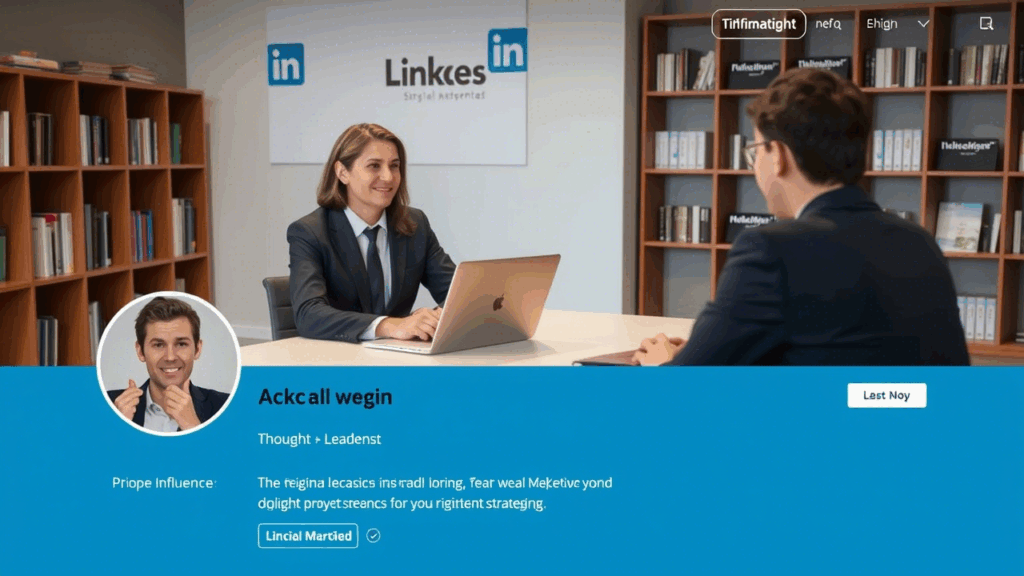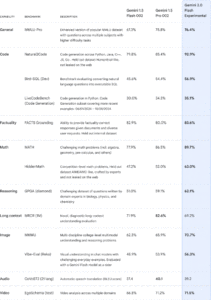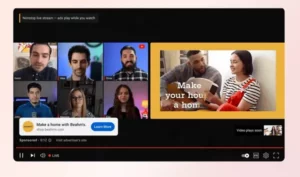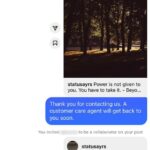Introduction
LinkedIn has evolved far beyond a platform for job seekers and recruiters. With over 1 billion users, it’s now a powerful space for building personal brands, showcasing thought leadership, and participating in meaningful industry conversations. As a result, LinkedIn influencers—professionals who consistently share valuable, insightful content—are now at the forefront of shaping trends and driving discussions.
For brands, partnering with these thought leaders is a strategic move to build authority, grow their audience, and earn trust. But how exactly can businesses tap into this influence? Let’s explore.
Who Are LinkedIn Influencers?
LinkedIn influencers differ from those on platforms like Instagram or TikTok. Rather than focusing on lifestyle or entertainment, they’re professionals—executives, entrepreneurs, industry experts, and niche specialists—who publish content that informs, educates, and inspires.
Their content often includes:
- ✅ Long-form thought leadership articles
- ✅ Short-form insights and commentary
- ✅ Industry analysis and reports
- ✅ Live sessions and panel talks
- ✅ Polls and audience engagement activities
Prominent figures like Gary Vaynerchuk, Neil Patel, and Melinda Emerson dominate the space, but micro-influencers—such as Sorav Jain, Umar Tazkeer, and Rajat Jain—also wield strong influence through smaller, highly engaged communities.
Why LinkedIn Influencers Matter for Brands
1. Build Credibility and Trust
Audiences are more likely to trust people over companies. When a respected professional shares or endorses your brand, it carries authenticity and authority that traditional marketing can’t match. Their recommendations can position your business as a trusted leader in your field.
Plus, LinkedIn’s algorithm favors engaging content. When influencers share your message, it amplifies your visibility through likes, comments, and shares—creating organic reach beyond paid ads.
2. Attract High-Intent Leads
LinkedIn is home to decision-makers and professionals with real buying power. Unlike casual social platforms, this makes the network ideal for generating quality leads through influencer conversations and engagement.
3. Boost Employee Advocacy
Empowering your team to become thought leaders adds a genuine, human voice to your brand. When employees actively post about your business or industry, it creates a culture of trust and transparency that resonates with others.
How Brands Can Tap into LinkedIn Thought Leadership
1. Collaborate with Industry Experts
Identify influencers who align with your brand values and target audience. You don’t always need high follower counts—micro-influencers (5K–50K followers) often have loyal, niche followings that drive meaningful results.
Example: A SaaS brand might team up with a B2B marketing strategist to discuss digital transformation, subtly featuring their product in the narrative.
2. Encourage Original Thought Leadership Internally
Motivate your leadership, employees, and even customers to share their unique perspectives. This creates more authentic content and drives engagement.
Example: A CEO might post about leadership lessons, while team members write blog posts or host LinkedIn Lives sharing project insights.
3. Host Influencer-Led Webinars & Live Events
Live sessions, expert panels, or Q&As hosted with influencers are a great way to reach and engage your audience in real-time.
These events help:
- Demonstrate your expertise
- Build trust with your audience
- Spark meaningful conversations
Example: Invite digital marketing thought leaders to share trends on your brand’s podcast or LinkedIn Live.
4. Sponsor Influencer Content
Many professionals on LinkedIn offer opportunities for sponsored posts or brand collaborations. These partnerships allow your product or service to be shared in an organic, trusted format.
Example: A cybersecurity firm could collaborate with an influencer to publish a post on security trends that naturally highlights their solutions.
5. Launch an Employee Advocacy Program
Encourage employees to build their presence on LinkedIn. Support them with:
- Thought leadership coaching
- Content creation tools or templates
- Recognition programs for standout posts
Example: A digital agency could spotlight top-performing employee posts each month as part of a “Top Voices” initiative.
Best Practices for LinkedIn Thought Leadership
- Focus on Value, Not Promotion: Share ideas and insights, not just sales pitches.
- Engage Authentically: Join conversations, reply to comments, and build real relationships.
- Be Consistent: Posting 2–3 times a week helps keep your brand top of mind.
- Use Visuals: Charts, infographics, and data visuals improve post performance.
- Stay Real: Avoid corporate jargon. Share stories, challenges, and genuine perspectives.
Conclusion
LinkedIn influencers are shaping conversations and driving decisions across industries. By embracing thought leadership—through influencer collaborations, live events, or employee advocacy—brands can unlock new opportunities, enhance trust, and reach high-value audiences.
If your brand isn’t already leveraging LinkedIn thought leadership, now’s the time to get started.









